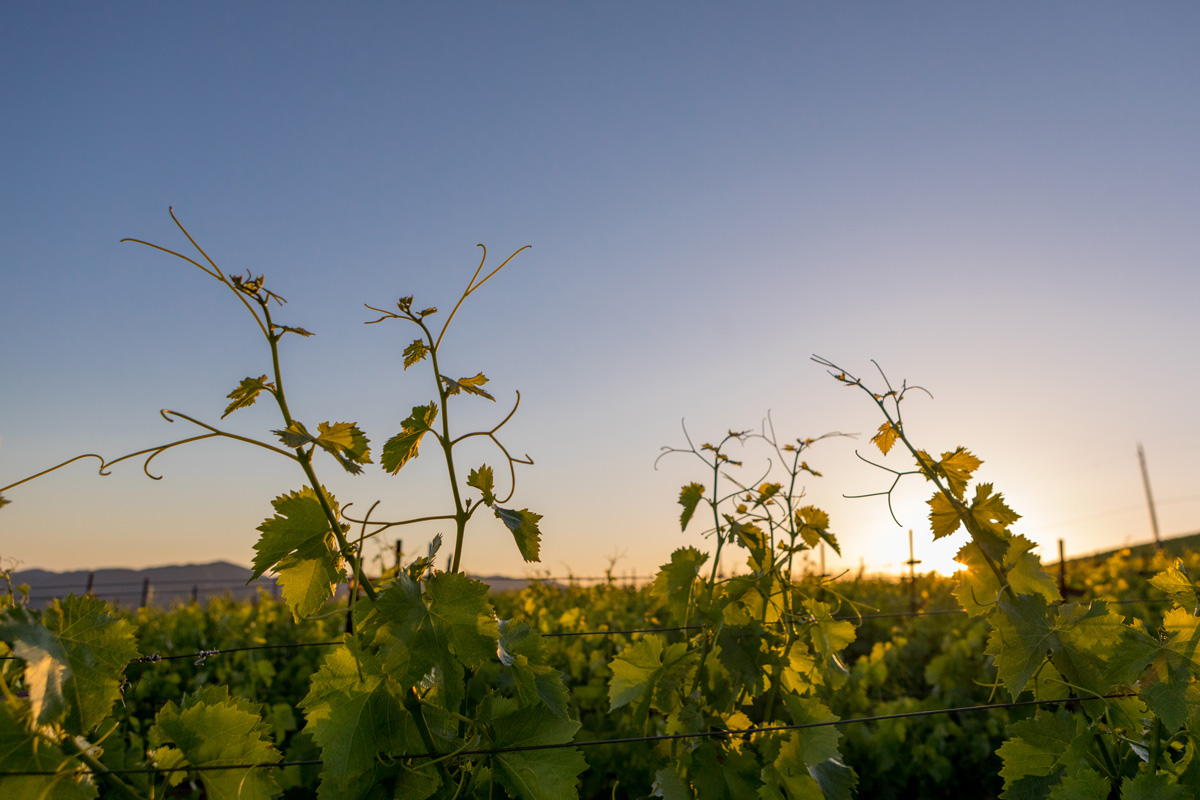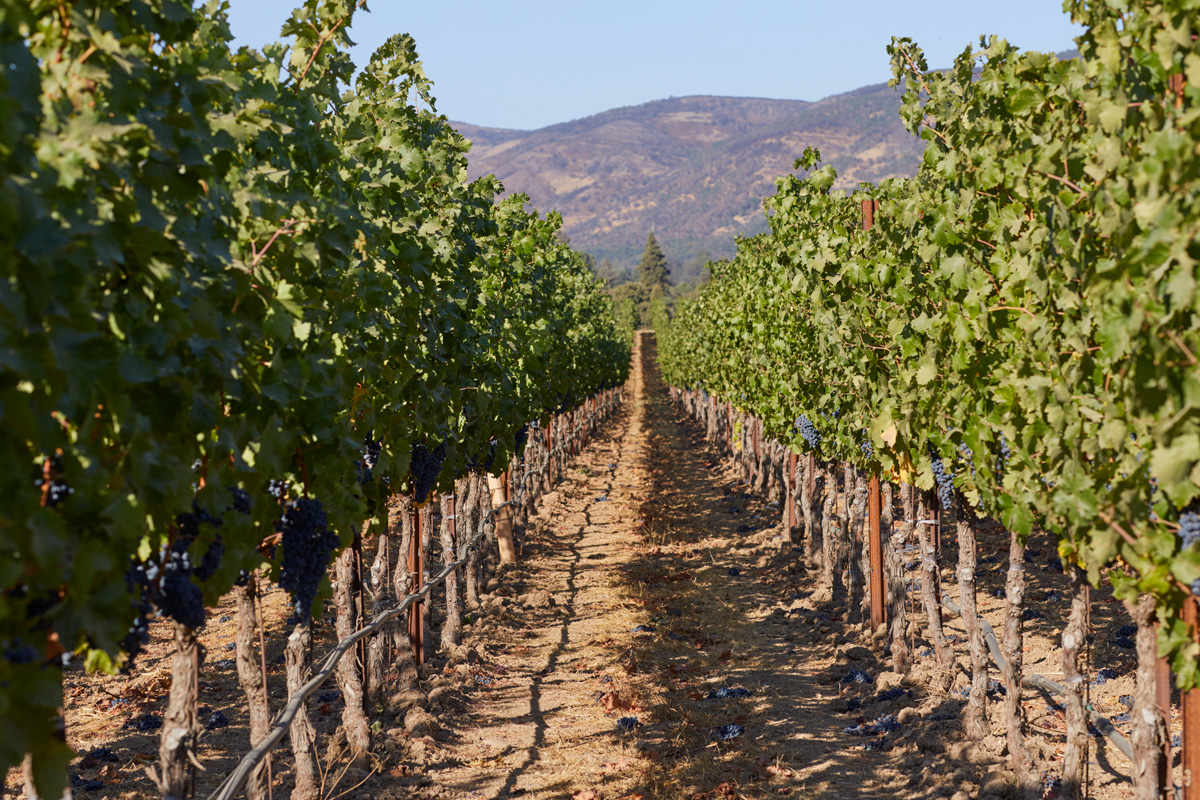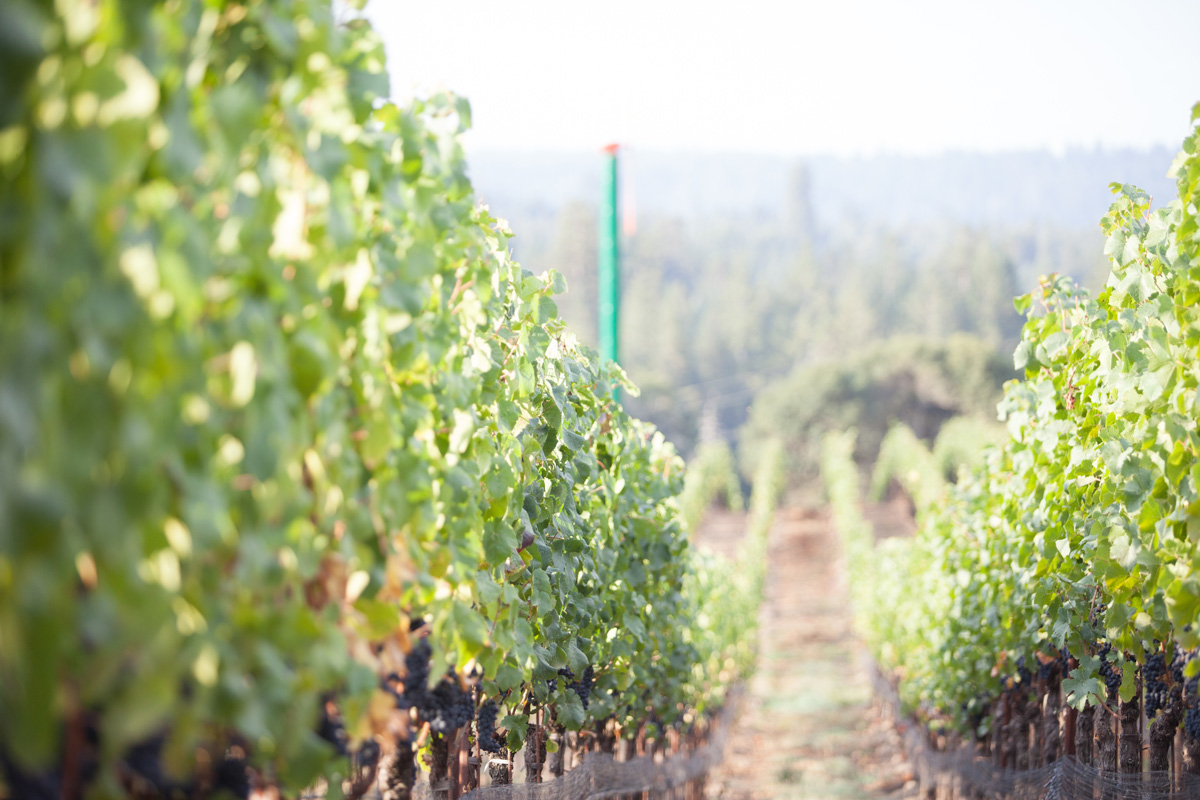2021 Napa Valley
Cabernet Sauvignon
Capturing the diversity and complexity of this famed region with layers of blackcurrant, boysenberry, and graphite.
This wine shows deep ruby in hue with a bouquet of crushed violets, red currant, and black plum. A bounty of concentrated black fruits is featured on the palate, accompanied by dried herbs and cacao. Structured tannins provide this full-bodied wine with a unique depth along with a lively acidity that gives tension to a long, seamless finish.
Check out our featured recipe:
• Grilled Skirt Steak with Shiso Chimichurri
Accolades
94 pts, James Suckling
“A juicy and flavorful red with real Napa character from vineyards in Calistoga and Coombsville. Medium-bodied with juicy fruit and a flavorful finish. Currant and hints of mint. But reserved and focused. Shows tension. Drink or hold.” -James Suckling
93 pts, Wine Spectator
“An alluring red, with a menthol note out front, followed by a slow-moving core of boysenberry and blackberry reduction flavors. Shows ample anise and bramble through the grippy, toasty finish, where the menthol note takes an encore. Best from 2025 through 2035.” -James Molesworth
Winemaking
-
97% Cabernet Sauvignon, 3% Merlot
-
Hand-harvested at night
-
5 day cold soak, 24 day maceration
-
Native & select fermentation
-
Barrel aged 18 months
-
13% new oak
-
Minimal SO2 Additions
-
Bottled unfined








